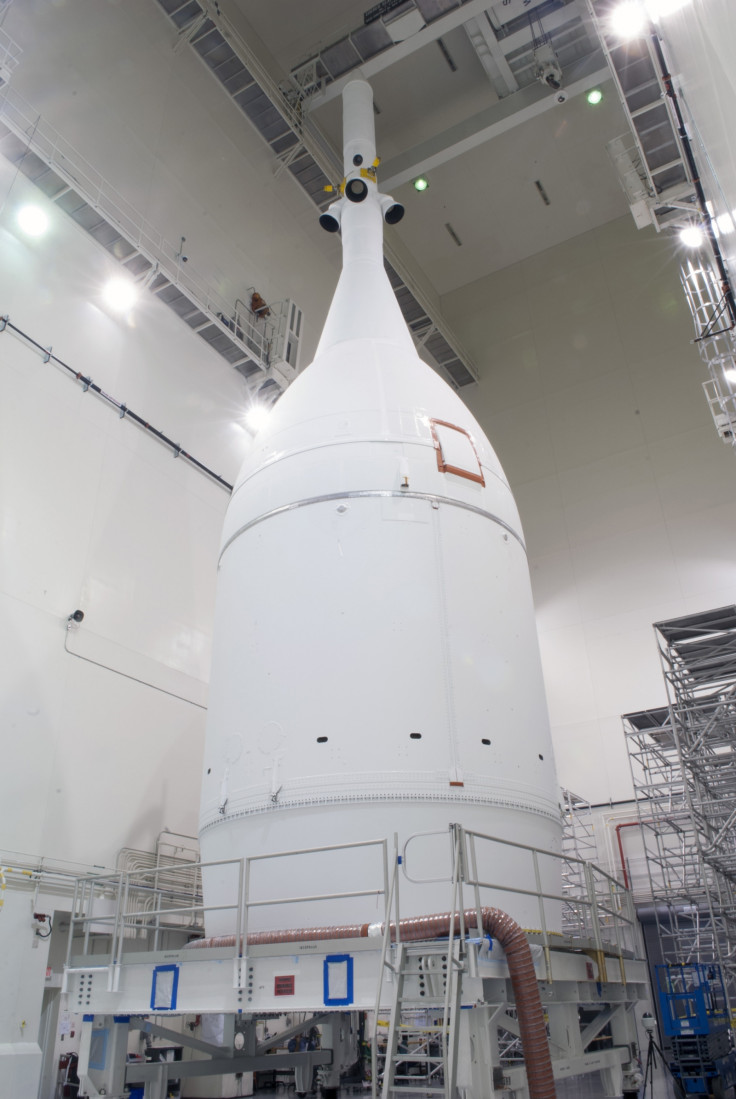Nasa's spaceship Orion all set to take first step on road to Mars and beyond

Nasa's new spaceship Orion built for future manned space missions is all set for launch on its first test flight on Thursday at 7.05am EST from Cape Canaveral Air Force Station in Florida.
Managers from the United Launch Alliance and Lockheed Martin have given a "go" to proceed towards launch, pending completion of open work, during a Launch Readiness Review.
The unmanned Orion test vehicle will be launched aboard a commercial rocket, Delta 4.
It will orbit earth twice in 4.5 hours, traveling 5800kms away from the planet on its second lap before it re-enters the atmosphere, slowing down from its 32,000 km per hour to 27kph before splashing into the Pacific Ocean.
The heat shield will experience temperatures near 4,000 degrees Fahrenheit during Thursday's test, and will come back at about 80 percent of the speed the spacecraft would endure returning from the vicinity of the moon, says a Nasa release.
How Orion's computers handle the radiation environment in the Van Allen Belt, the spacecraft's attitude control and guidance and how its 11 parachutes slow the crew module will all be tested in the test flight.
After the Apollo craft that took man to the moon, Orion is the first spacecraft built for astronauts destined for deep space. The craft has been in development for a decade.
"Orion and the Space Launch System is about rekindling human space exploration and taking human beings to places that we've never been, to return to the vicinity of the moon and to push farther ... to eventually go to Mars," Mark Kirasich, Orion deputy program manager, told Discovery.
The next Orion flight or its first mission, Exploration Mission 1 or EM-1, is currently slated for late 2017 or 2018. It will send a robotic capsule on a 25 day trip around the moon and back.
That will be powered by NASA's Space Launch System, still under development.
In 2021, astronauts are due to get on board for Orion's first crewed spaceflight, EM-2. Last year, officials suggested that EM-2 could carry astronauts on a rendezvous with an asteroid to redirect its orbit around the moon.
But since then, there have been doubts about the asteroid capture mission.
Orion is a spaceship that follows the space shuttle, which retired in 2011. But unlike the shuttle which was shaped like a plane and could glide back to earth, Orion is designed more traditionally and is conical like the Apollo spacecraft.
So far, the agency has spent more than £5bn on the project.
© Copyright IBTimes 2025. All rights reserved.





















